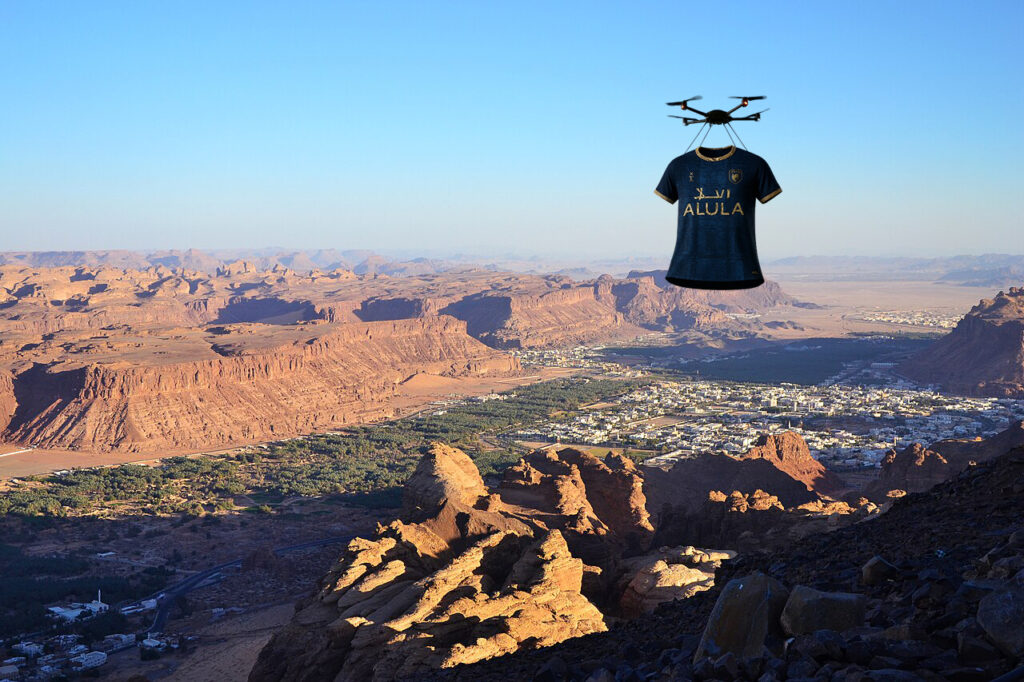AI Limitations in Production: Executive Summary

AI is accelerating creative pipelines across animation, VFX, post, 3D, and CGI—but it isn’t a complete production replacement. Today’s systems excel at assistance, automation, and iteration. They struggle with reliability, consistency, accountability, and nuanced creative judgment. For mission-critical deliverables, human oversight remains essential.
What AI Still Can’t Reliably Do
1) Guarantee Pixel-Perfect, Shot-Consistent Quality
- AI models can fluctuate output quality across shots or frames, causing flicker, off-model characters, inconsistent textures, or temporal artifacts.
- Maintaining strict continuity (lighting, materials, color, tone, camera grammar) across sequences still needs experienced artists and supervisors.
2) Replace End-to-End Creative Direction
- AI can suggest styles or generate variants, but it lacks story sense, theme development, and emotional pacing aligned to a director’s vision.
- Narrative intent, subtext, comedic timing, and audience empathy remain distinctly human strengths.
3) Handle Complex Edge Cases and Novelty
- Models perform well on “seen” patterns, but fail unpredictably with rare scenarios: unusual camera setups, extreme lighting, bespoke rigs, proprietary shaders, or stylized lookdev.
- Tailored pipelines, show-specific rules, and atypical constraints require custom engineering beyond current general-purpose AI.
4) Deliver Reliable Interpretability and Explainability
- Most state-of-the-art systems are black boxes. When results are wrong, explaining “why” (and guaranteeing “won’t recur”) is difficult.
- Regulated productions, audits, or client assurances often require traceability that many AI tools cannot yet provide.
5) Provide Strong IP, Rights, and Provenance Guarantees
- Training-data provenance is often unclear. This raises legal questions around copyrighted sources, likeness rights, and style cloning.
- Verifiable provenance (who made what, with what inputs) is an emerging standard; many AI outputs lack robust chain-of-custody metadata.
6) Eliminate Bias, Stereotypes, or Safety Risks
- Bias persists in datasets and can surface in casting, character design, or narrative framing.
- Safety controls reduce but don’t eliminate harmful or sensitive outputs. Sensitive brands still require human review and policy alignment.
7) Replace Senior Craft in Specialized Domains
- High-end rotoscoping for hair or glass, nuanced skin shading, complex FX (fluids/destruction), hero character rigs, and photoreal compositing still benefit from expert hands.
- AI accelerates grunt work but struggles to meet the “final 10%” polish bar consistently.
8) Maintain Long-Haul Consistency in Live Pipelines
- Model drift (performance changing over time), tool updates, API changes, and version mismatches can break reproducibility mid-project.
- Productions require deterministic workflows; AI often introduces variability that must be buffered by process and QC.
9) Make Ethical Judgments or Strategic Tradeoffs
- Budget vs. quality, time vs. risk, and creative integrity vs. virality are business and editorial choices—currently outside AI’s remit.
Is AI Ready for Production-Level Use?
Short answer: Yes—as an assistive co-pilot under human supervision.
- Where it fits today:
- Previs/techvis/lookdev exploration
- Automated cleanup: denoise, de-flicker, upscaling, basic roto/matte assist
- Draft cuts, transcripts, captioning, language versions
- Crowd behaviors, background assets, texture proposals, concept ideation
- QC triage: flagging color/loudness/spec anomalies
- Where caution is needed:
- Final pixel on hero shots
- Likeness, brand, or IP-sensitive work
- Long-form continuity and serialized worlds
- Safety-critical, regulated, or compliance-heavy content
Tasks AI Has Not Fully Covered (Yet) – AI limitations in production
Creative and Narrative
- Script-level subtext, character arcs, and thematic cohesion
- Humor, emotion, cultural nuance, and taste alignment with target audiences
- Editorial “feel” for pacing, rhythm, and tension across acts
Visual Fidelity and Continuity
- Shot-to-shot and sequence-level continuity without manual tuning
- Stable stylization across episodes/seasons
- Complex relighting, photoreal skin/hair, and minuscule detail fidelity under changing conditions
Technical Depth and Integration
- Robust interoperability across bespoke pipelines (DCCs, renderers, USD variants, proprietary materials)
- Deterministic outputs under version control (same prompt ≠ same output)
- High-end physics simulations (fluids, destruction, cloth) with production constraints
Governance, Security, and Provenance
- End-to-end traceable provenance (inputs, models, settings, approvals)
- Watermarking or content credentials by default (CR, C2PA adoption varies)
- Clear licensing around training data and generated outputs (jurisdictions differ)
Reliability, Safety, and Ethics
- Bias-free casting or depiction
- Guaranteed brand safety in all markets
- Explaining and remediating failures quickly and conclusively
Best Practices to Use AI Safely in Production
Human-in-the-Loop (HITL)
- Keep senior artists, editors, and supervisors in review/approval loops.
- Treat AI outputs as drafts or assistants—never as final authority.
Lock Your Pipeline
- Version-pin models, prompts, and parameters.
- Snapshot environments to ensure reproducibility across milestones.
Build Strong QC and Compliance
- Automated checks (colorimetry, loudness, specs) + human review for narrative/brand fit.
- Maintain audit trails: inputs, model versions, approvals, change logs.
Protect IP and Rights
- Prefer enterprise tools with documented training sources and license compliance.
- Use content credentials/watermarks where possible; store provenance metadata.
Train and Upskill Teams
- Teach promptcraft, AI-assisted editing, and model safety.
- Encourage cross-discipline literacy: editorial, color, audio, VFX, and pipeline engineering.
Start Where ROI Is Clear
- Prioritize tasks with measurable wins: transcription, captioning, assistive roto, rough cuts, alt-formats, MAM tagging.
What to Watch Next
- Content credentials (C2PA) embedded by default in cameras, DCCs, and clouds
- More deterministic, controllable models with sequence-level constraints
- Rights-cleared, enterprise-grade model catalogs with indemnification
- Hybrid real-time + offline render pipelines with AI acceleration
- Better explainability, safety tooling, and bias mitigation
Bottom Line
AI is a powerful accelerator, not a drop-in replacement for production crews. It shines when paired with expert judgment, locked pipelines, rigorous QC, and ethical guardrails. Used wisely, it reduces toil, expands creative exploration, and shortens schedules—while the final craft, taste, and responsibility remain human.

